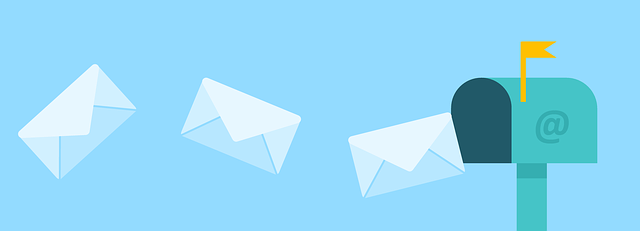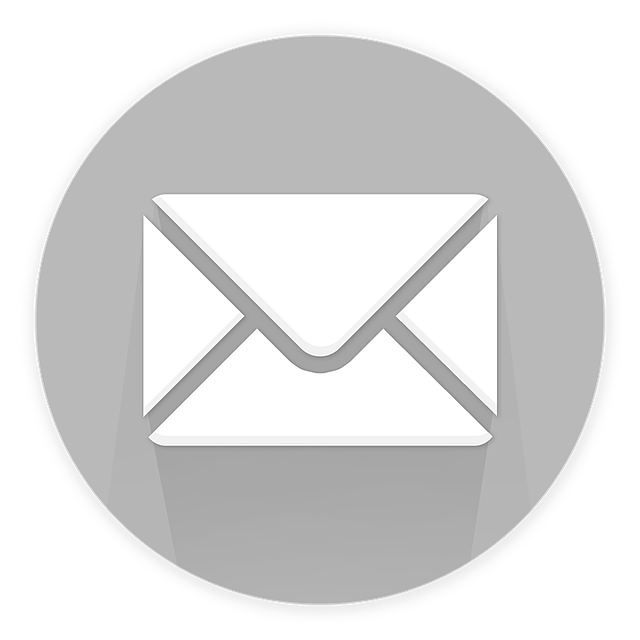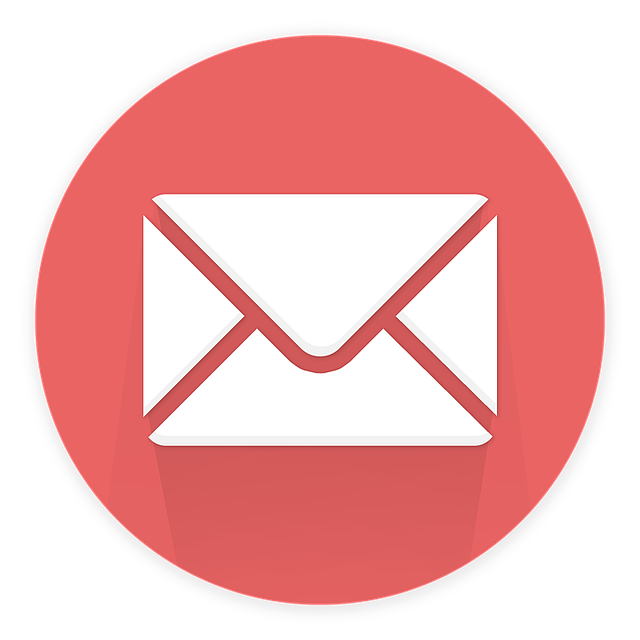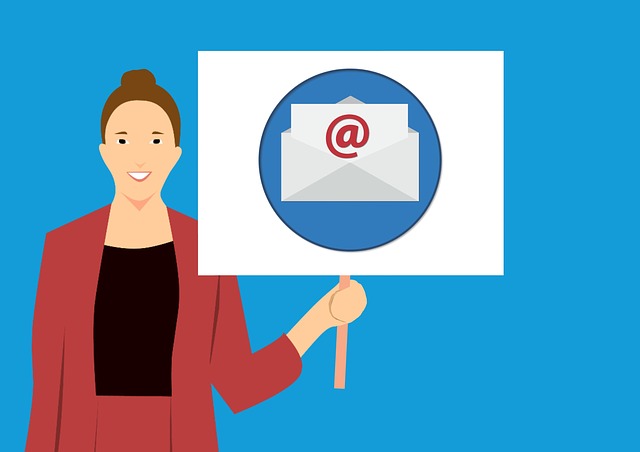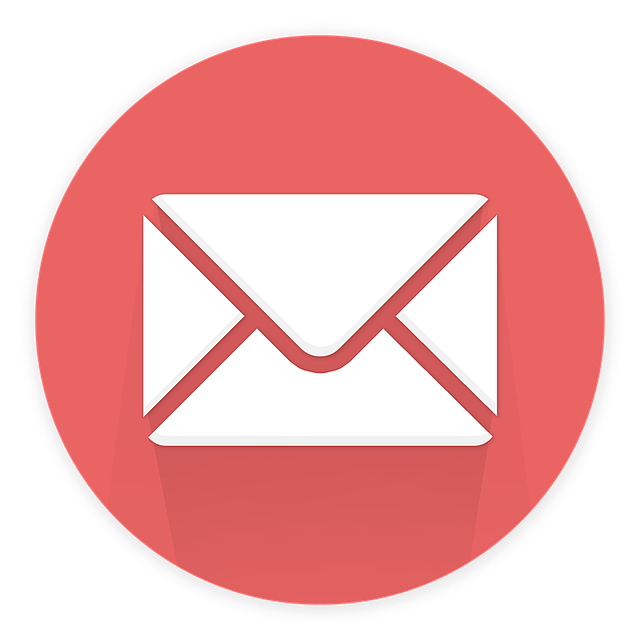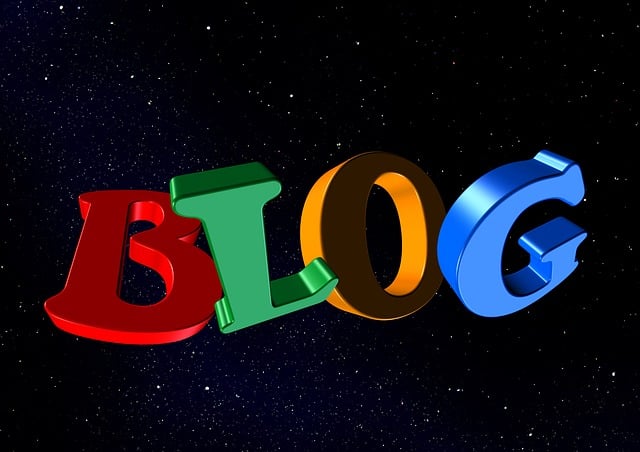Are you ready to kick your nonprofit email marketing into high gear? Well, you’re in the right place!
In this article, we’ll explore the dos and don’ts of nonprofit email marketing and equip you with the knowledge and strategies to take your campaigns to the next level.
When it comes to engaging your audience, personalization is key. Don’t be afraid to dive deep into your donor data and create tailored content that speaks directly to their interests and motivations. And speaking of your audience, segmentation is another crucial aspect. By categorizing your donors based on demographics, interests, and giving history, you can deliver targeted messages that resonate with each individual.
But it doesn’t stop there. Crafting an enticing subject line is essential to grab your readers’ attention right off the bat. And with more and more people accessing their emails on mobile devices, it’s crucial to optimize your content for seamless mobile viewing.
Of course, you’ll want to ensure your efforts are paying off. Testing and measuring your campaigns will provide valuable insights into what’s working and what’s not, allowing you to refine your approach.
Lastly, remember not to overwhelm your supporters with an influx of emails. Finding the right balance is key to maintaining their engagement.
So, are you ready to revolutionize your nonprofit email marketing? Let’s dive in and make a lasting impact together!
Key Takeaways
- Personalize email content based on donor data and interests
- Segment donors to deliver targeted messaging and customized offers
- Use engaging subject lines to capture attention and increase open rates
- Regularly test and measure campaigns to optimize deliverability, engagement, and conversion rates
Personalize Your Email Content
Make sure your nonprofit email content feels like a warm and friendly conversation with your supporters, so they feel personally connected to your cause. Email personalization is key to achieving this.
When crafting your emails, use your supporters’ names and address them directly. Show that you value their support by tailoring the content to their interests and preferences. Use email targeting to send specific messages to different segments of your audience based on their demographics, engagement level, or past actions.
By personalizing your email content, you can create a sense of intimacy and build stronger relationships with your supporters.
Now, let’s talk about how you can further enhance your email marketing strategy by segmenting your audience.
Segment Your Audience
Segmenting your audience can increase open rates by up to 14%. By dividing your email list into smaller, more targeted groups, you can deliver personalized content that resonates with each segment.
Here’s how segmenting can benefit your nonprofit email marketing:
-
Targeted messaging: When you understand your audience’s interests, preferences, and behaviors, you can tailor your messages to their specific needs. This targeted approach increases the relevance of your emails and encourages engagement.
-
Customized offers: Segmenting allows you to create customized offers based on your audience’s demographics, past interactions, or donation history. Providing personalized incentives or exclusive opportunities can motivate recipients to open your emails and take action.
-
Higher conversion rates: By delivering relevant content and customized offers, you can significantly improve your conversion rates. When recipients feel like you understand their needs and values, they’re more likely to respond positively to your call-to-action.
Segmenting your audience not only boosts open rates but also enhances overall campaign performance. To further optimize your nonprofit email marketing, it’s crucial to use an engaging subject line that grabs attention and entices recipients to open your emails.
Use an Engaging Subject Line
Get your audience to open your emails with an engaging subject line that grabs their attention and entices them to take action. Subject line best practices are essential for increasing open rates and ensuring that your nonprofit’s message gets noticed. To create a compelling subject line, consider using personalization, urgency, and curiosity to pique the reader’s interest. Incorporating these elements into your subject line can help your emails stand out in a crowded inbox and encourage recipients to click and engage with your content. Additionally, keep your subject line concise and avoid using spam trigger words to prevent your emails from being flagged as junk. By following these subject line best practices, you can increase your open rates and maximize the impact of your nonprofit’s email marketing campaigns. Transitioning to the next section, it is also crucial to optimize your emails for mobile devices to ensure that they reach a wider audience.
Optimize for Mobile Devices
To ensure your emails reach a wider audience, it’s crucial to optimize them for mobile devices. This means using a responsive layout that automatically adjusts to different screen sizes and resolutions. Mobile design and responsive layout are key elements in creating a positive user experience for mobile users.
With more people accessing emails on their smartphones and tablets, it’s important to ensure that your email templates are mobile-friendly. By optimizing your emails for mobile devices, you can increase your chances of capturing the attention of busy recipients who are constantly on the move.
Once you have optimized your emails for mobile devices, the next step is to test and measure your campaigns to ensure they are effective in reaching and engaging your target audience.
Test and Measure Your Campaigns
Make sure you regularly evaluate and analyze the performance of your email campaigns to gauge their effectiveness and make any necessary improvements. Did you know that according to a recent study, businesses that measure their email marketing campaigns are 3.7 times more likely to achieve higher ROI compared to those who don’t? To ensure your nonprofit email marketing efforts are successful, consider implementing A/B testing and leveraging email analytics.
Here are five reasons why testing and measuring your campaigns is crucial:
- Gain insights into audience preferences and behavior.
- Identify the most effective subject lines, content, and CTAs.
- Optimize email deliverability and open rates.
- Improve segmentation and personalization.
- Maximize engagement and conversion rates.
By testing and measuring your email campaigns, you can make data-driven decisions that will enhance the effectiveness of your nonprofit marketing efforts.
Now, let’s discuss why you should avoid sending too many emails.
Avoid Sending Too Many Emails
Sending an overwhelming number of emails can lead to email fatigue and frustrate your audience, diminishing their interest and engagement with your organization. It’s crucial to find the right balance of timing and frequency when it comes to nonprofit email marketing.
Bombarding your subscribers with too many emails can make them feel overwhelmed and even annoyed, causing them to unsubscribe or mark your emails as spam. To avoid this, it’s essential to practice good email etiquette. Respect your audience’s time and inbox space by only sending relevant and valuable content.
Consider segmenting your email list and tailoring your messages to specific groups to ensure that you’re sending the right message to the right people at the right time. By doing so, you can maintain a healthy relationship with your audience and increase their engagement with your nonprofit organization.
Frequently Asked Questions
How can I effectively track the success of my nonprofit email marketing campaigns?
To effectively track the success of your nonprofit email marketing campaigns, focus on tracking metrics and analyzing data.
Measure success by monitoring engagement through conversion rates, open rates, and click-through rates.
Utilize A/B testing to compare different campaign performance and optimize your strategies.
Use email analytics to gain insights into your audience’s behavior and preferences.
Set goals and track progress towards them.
By consistently monitoring and analyzing these metrics, you can make data-driven decisions to improve the effectiveness of your email marketing efforts.
Is it necessary to hire a professional email marketing service for my nonprofit organization?
Using email marketing software for your nonprofit organization has its pros and cons. On one hand, it can provide you with professional templates, segmentation tools, and analytics to track the success of your campaigns. It also allows for easy automation and personalization.
However, it comes at a cost and may require a learning curve. To maximize effectiveness, focus on creating compelling content, segmenting your audience, and testing different strategies. Consider your organization’s specific needs and budget before deciding on hiring a professional email marketing service.
What are some best practices for creating visually appealing email templates for mobile devices?
When creating email templates for mobile devices, it’s crucial to focus on creating responsive designs and optimizing images for mobile.
This ensures that your emails look visually appealing and professional on smaller screens. By using responsive design techniques, you can adapt your email layout to fit different screen sizes.
Additionally, optimize your images by reducing their file size without compromising quality, to ensure faster loading times. This will enhance the mobile user experience and increase the chances of recipients engaging with your nonprofit organization.
How can I ensure that my nonprofit’s email content is accessible to individuals with disabilities?
Want to make sure your nonprofit’s email content is accessible to individuals with disabilities? Incorporate accessible design and inclusive communication practices.
By using alt text for images, providing text alternatives for videos, and using clear and concise language, you can ensure that your emails are inclusive and easily understood by all recipients.
Remember, accessibility isn’t just about meeting legal requirements, but about creating an inclusive and welcoming experience for everyone.
Are there any legal requirements or regulations that I need to be aware of when sending nonprofit marketing emails?
Legal requirements and compliance tips are important considerations when sending nonprofit marketing emails. To ensure you’re in compliance, familiarize yourself with laws such as the CAN-SPAM Act, which sets guidelines for commercial emails. Implement opt-in and opt-out options, include your organization’s physical address, and honor unsubscribe requests promptly.
By following these legal requirements, you can protect your organization from potential penalties and build trust with your recipients.
Conclusion
In conclusion, when it comes to nonprofit email marketing, following the dos and don’ts can make a significant difference in your campaign’s success.
By personalizing your content, segmenting your audience, and using engaging subject lines, you can captivate your readers’ attention.
Additionally, optimizing for mobile devices and testing and measuring your campaigns ensure that your message reaches as many people as possible.
Remember, one interesting statistic to keep in mind is that personalized emails have been found to generate a 6x higher transaction rate. So, make sure to implement these strategies and watch your nonprofit email marketing thrive.


